WASHINGTON — The chairman of the House subcommittee that oversees U.S. railroads says he may attempt to strip Amtrak of operational control of Chicago Union Station via legislation unless Amtrak agrees to relinquish control to Metra, whose commuters make up 90 percent of the station’s passengers.
U.S. Rep. Dan Lipinski has repeatedly called on Amtrak to cede operational control at Union Station, but he has been rebuffed by the passenger railroad. The Illinois Democrat’s most recent urging came at a hearing last Wednesday of the House Railroads, Pipelines and Hazardous Materials Subcommittee.
Citing a litany of problems at Union Station affecting Metra and Amtrak passengers, Lipinski argued that improvements must be made. “I believe the best way to do this would be for Amtrak to give up operational control of the station to Metra to ensure that its operations improve to the level that passengers deserve,” he stated.
In a followup statement to Trains News Wire, Lipinski’s office says “the Congressman is strongly considering adding a mandate in the 2020 Amtrak reauthorization bill that would strip Amtrak of operational control.”
Before that would happen, two conditions would need to be met, a Lipinski spokesman says: First, the Congressman would need to be convinced by outside experts that Metra has the technical ability to operate Union Station; and second, that there are no national implications to a Metra takeover unbeknownst to him.
Lipinski’s Chicago-area district encompasses a large chunk of Metra territory. “I remain focused on a big issue to my constituents and the Chicago region, Amtrak’s stewardship of Chicago Union Station,” he said in his opening remarks.
“Tens of thousands of my constituents take trains in and out of [Union Station] every day. Ninety percent of all passengers who pass through are passengers of Metra commuter rail. Amtrak has had some major issues this year at [the station], including falling concrete at the station that hit a Metra train and a disastrous service outage in February that lasted through multiple rush hours that was solely Amtrak’s fault.”
Amtrak says it remains committed to keeping control of Union Station ownership or operations.
At Wednesday’s hearing, CEO and President Richard Anderson testified that Amtrak dispatches Metra trains with a 99% on-time rate and that it plans to continue to do so.
Previously, Metra CEO Jim Derwinski said it was very important for Metra to “have control over our own destiny” at Union Station.
In a statement to Trains News Wire, Metra reiterates that it still seeks ownership or control of the station’s transportation assets, but not the commercial space, during ongoing negotiations with Amtrak over a new lease.
“We appreciate Rep. Lipinski’s support for our position,” Metra says.
Metra paid Amtrak $9.7 million in 2018 under its lease agreement, according to Metra. Both sides have asked the Surface Transportation Board to help resolve the lease dispute.
Lipinski previously requested that Amtrak relinquish operations or ownership of Union Station at a hearing in April in Chicago. Lipinski called the session to address chronic delays and cancellations for Metra and Amtrak passengers at the station.
But Amtrak turned that down [see “Amtrak rejects ceding Union Station control to Metra,” Trains News Wire, April 17, 2019] as well as a request from Lipinski that Amtrak reimburse Metra commuters who were victims of a massive signal failure at Union Station on Feb. 28.
Lipinski called that incident “a completely avoidable failure of epic proportions.”
Officials said “human error” by an Amtrak employee accidentally knocked out computer servers that control the station’s signals and switches. [See “Amtrak CEO says ‘human error’ caused signal problems that snarled traffic at Chicago Union Station,” Trains News Wire, March 1, 2019.]





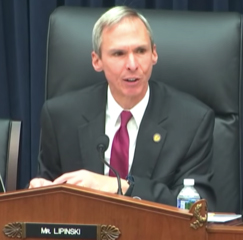
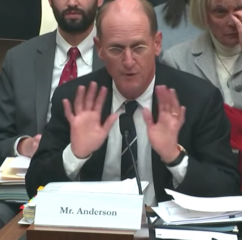


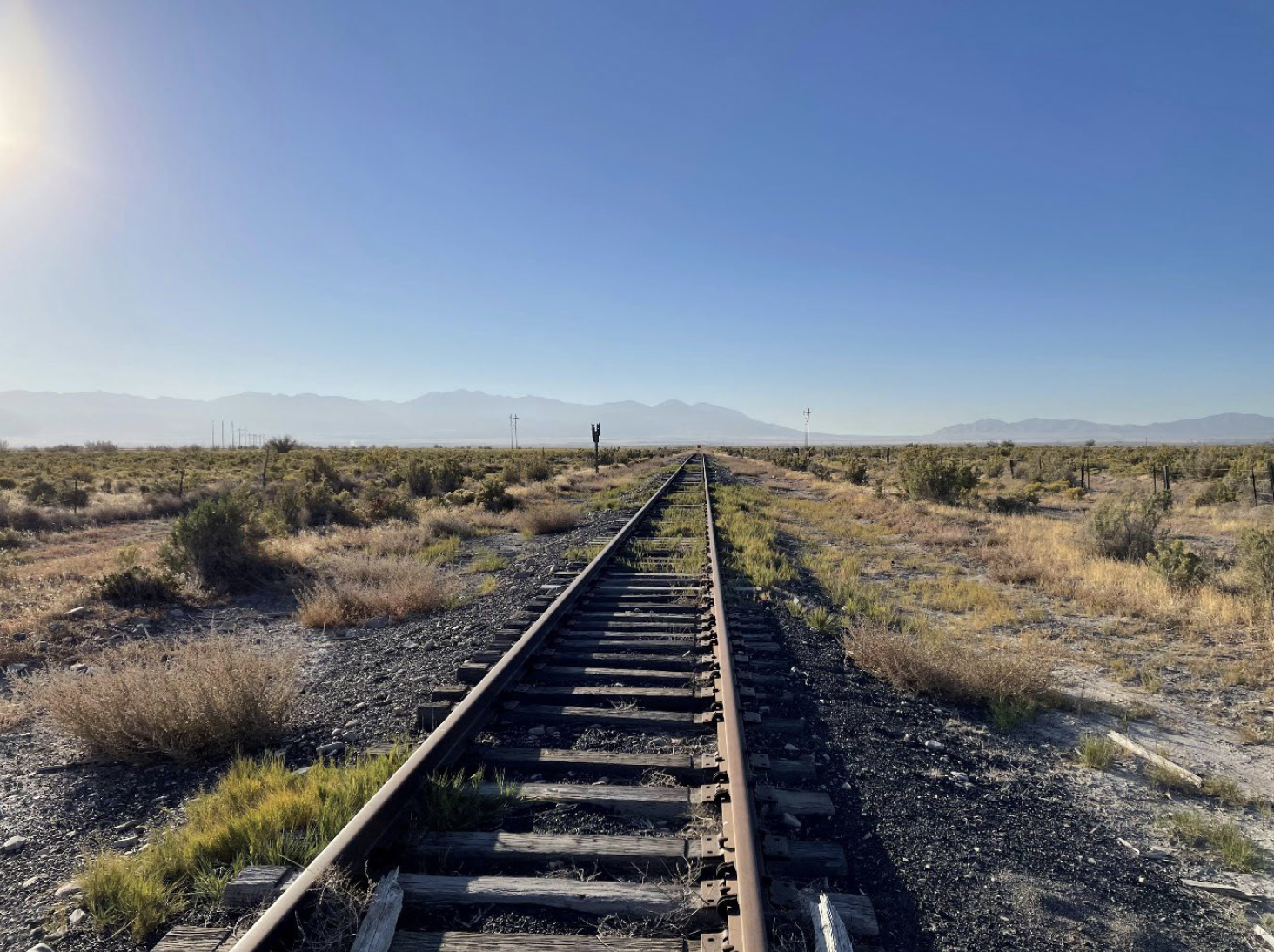
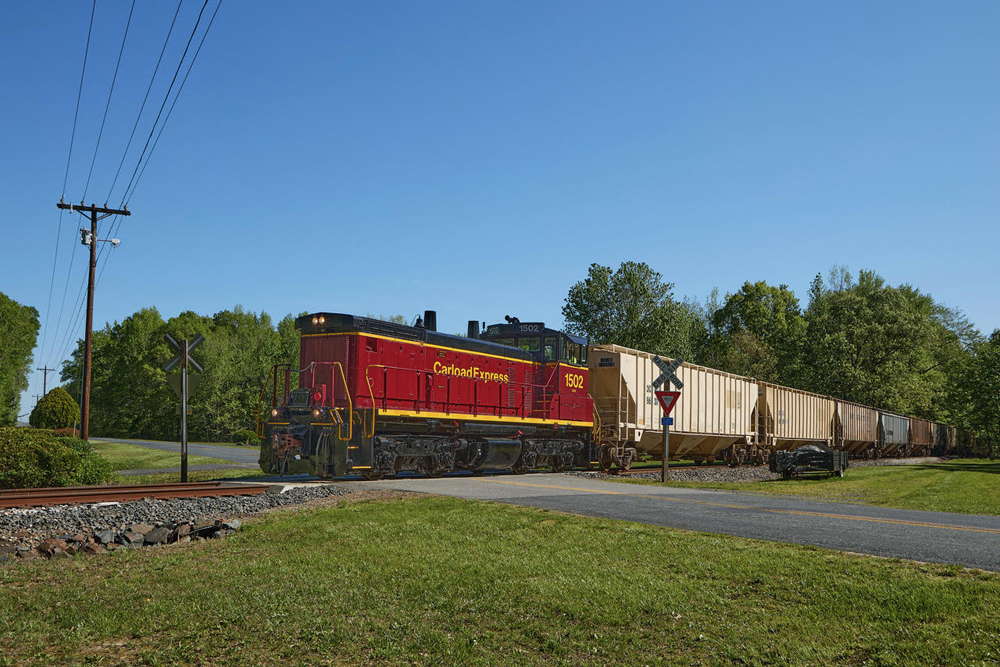
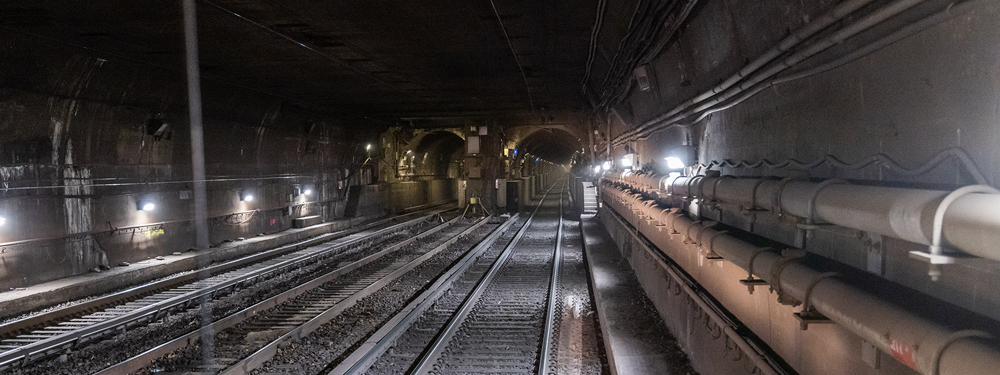




The trains pay for themselves the same way other subsidized transportation, highways and airports, pay for themselves; by creating economic vitality. The bottom line is a meaningless measure.
Good point. Look at Frankfurt Hauptbahnhof. We have an irrational fear of stub end stations. It’s dumb, because in the passenger business it’s all about convenience and location.
Does Metra run OGT? I thought that was Union Pacific. LaSalle is a pretty simple operation. Millennium probably is as well. I think Amtrak should keep CUS. The major changes in future years will be in the growth of inter city rail. Commuter operations are pretty static and unlikely to see growth. The redesign will need to focus on inter city. Further, Metra seems to be the least innovative commuter rail system in the country. Their operations seem hardly changed from what the railroads ran in the ‘60s and ‘70s. Handing CUS over to Metra would be a disaster for Amtrak and inter city rail. Chicago Union Station Company remains the corporate entity that owns the station. Perhaps giving Metra a minority share in the company might be an answer.
Many of the through long distance trains in Frankfurt bypass the Hauptbahnhof in favor of the Frankfurt Sud Station simply to avoid the stub end main station. My last visit in Frankfurt I stayed across the Main River in Offenbach and could see the mainline rail action from my hotel room (the Delta Hotel FYI) It seemed every 5 minutes a high speed train was rolling through Offenbach on the way to or from Frankfurt Sud
Penelope, I don’t know specifics but I believe Houston and Memphis were never close to CUS in volume. St Louis may have been close to CUS if you only consider long-haul and regional trains. It’s the Chicago commuter traffic that makes CUS the busy station that it is, which is why I believe it would be a good thing if the RTA owned CUS.
The question I really want answered is could Mera handle control of Union Station and the Chicago trackage? It seems a little risky. In my opinion, Amtrak needs to keep control of Chicago unless it is ruled out by order that Metra needs to take over the tracks.
Every major airline in the US has had computer outages that have resulted in nationwide/worldwide flight groundings and cancellations in this last couple of years. This does not include weather and other delays/cancellations.
The Amtrak outage was caused by an IT employee who was performing a system upgrade and fell backwards in the operations room which caused several interface cards to become dislodged. This forced a group of signals offline. It’s a digital control system that translates to analog depending on the signals they manage.
#1 – Metra handles OGT. LaSalle and Millenium Station just fine. Why would CUS be different?
#2 – Metra has a different approach to IT that wouldn’t allow an operational system upgrade to be occurring during a major rush hour
#3 – Metra doesn’t host the operational technology in the same room as the operators like Amtrak does in CUS
If Amtrak wants to be in the property management business based on what they inherited from the prior railroads, fine, but they should set up a national network operations center like Class 1’s do or give it up to a the local agency who does the heavy lifting. Better yet, franchise the routes and become the route traffic manager like the FAA does for airlines.
The fact they the run CUS signaling from (2) Windows 10 PC’s upstairs in the Ops room…..well, nuff said.
None of the problems at Chicago Union Station occurred at Union Stations in Houston, Memphis and St Louis. Those three terminals had a simple layout of stub tracks with wye enabling more organised operations.
Curtis was also an Amtrak car attendant – and a really good one. I remember encountering him on the California Zepher. I knew exactly who he was, but not that he was an Amtrak car attendant. We had a great time talking all things railroading on that trip. As I recall, he was sick then and seemed to know his chances were uncertain.
FREDERICK – I enjoy your passion for trains and the hopes of reaching a critical mass that would pay for itself. Would be, as the Brits say, lovely. Let’s look at the success stories and see if they pay for themselves:
(1) Several Metra lines are at capacity as are the downtown terminals. How is Metra doing financially? Terribly.
(2) In California, Amtrak started with the LD’s and one anemic corridor. Now look. Several strong corridors. The vast hub at San Jose between Amtrak, Caltrain, ACE and local transit. Paying for itself? Hardly.
(3) MBTA Green Line has passengers hanging off the roof and running down the tracks behind the crush-loaded trains. How is MBTA doing? It’s on the verge of financial ruin.
(4) Forty years ago MBTA’s ex New York Central suburban corridor to Framingham and Worcester barely existed. Now look. The ex- New Haven Old Colony division was as dead and buried as a Civil War cemetery. Now it’s quite busier. So what has this gotten MBTA? More deficits.
FREDERICK – We want the same thing you want – trains and connectivity, efficient and affordable. We have to figure out how to have this economically viable.
Who is Curtis Katz?
Oh my. Curtis Katz was a rail-writer and cartoonist, in addition to being an Amtrak employee, who’s work appeared in “Railfan and Railroad” magazine for many years.
His words and cartoons ( Published as “Railfun”) were enjoyed by many of us. Sadly, he died several years ago and is sorely missed. It’s a major disappointment, to me at least, that “R & R” has never published an anthology of his works.
His Amtrak “war stories” were titled “Tales Of The Pointless Arrow,” referring to Amtraks original logo.
And yes, RIP Curt, you are sorely missed!
Delays? Cancellations? Chronic? …and we’re subidizing the airlines, airports, highways, etc. that have all these problems. Look at the waste, too. Airlines, highway vehicles all burn more fuel and pollute far more than the railroads ever did. Hasn’t Rep Lipinski gotten his facts mixed up, or are they experiencing a loss of priority?
Mr. Lipinski may also find that if we find ways to increase rail passenger traffic, we may well reach critical mass and find it less costly to support such a transportation system. Amazingly, if critical mass is reached, we may well find that the subject railroads may find such an increase in affordable passenger traffice that the systems concerned may well pay for themselves.
Just what we need here. Another place to hide political hacks.
“Neither Amtrak or Metra should own CUS.. Give control to the RTA”…..Ouch!…..Someone isn’t aware that Metra is owned by the RTA.
Who is Curtis Katz?
Curtis – Amtrak is 100% owner of the Chicago Union Station Company which owns the station. I think Amtrak acquired Pennsy’s 50% interest in CUS when Conrail was formed. Amtrak bought the Burlington (25%) and Milwaukee Road (25%) shares in 1984 so they could proceed with the first CUS upgrade.
It would be helpful if persons who know the story could relate how Amtrak came to “own” CUS, whose primary tenants and underwriters for construction costs were the Pennsy, CB&Q, and Milw. Rd. How were construction and operational costs allocated ? Did Amtrak “buy” the station and what are the terms of the contract, etc.?
Most importantly, how would it be possible to force the pointless arrow (Curtis Katz RIP) out?
Seems to me he should have had answers to his two conditions before proposing the plan.
Neither Amtrak or Metra should own CUS.. Give control to the RTA
“From the frying pan into the fire.”
One more thing. According to http://www.moving.org Illinois is number three in the national highest percentage of outbound moves of people leaving the state at 61.7%, Hawaii is number one at 62%, New York number two at 61.8%.
So, if this keeps up the congestion problem in Chicago’s Union Station will eventually resolve itself.
Well, if the city of Chicago can run Union Station with the same efficiency they have with keeping the crime rate down, why not?
Oh, so that’s what “Delta Dick” Anderson looks like. First time I’ve seen a photo of him anywhere.
Only politicians would pin the blame on Amtrak negligence for the signal outage. I mean yeah it was Amtrak employees working on Amtrak equipment, but Metra’s folks or anybody else could have made the same mistakes. Rationally, it was a “poo-poo happens” incident. Hugely inconvenient yes, but then again, this was signal equipment. Hugely complicated and wholly vital in nature, it’s not just a simple reset and run with it. It took hours to rightfully restore the system and make sure it was safe to operate, lest Amtrak or Metra trains start running into each other under the Post Office.
Amtrak’s management hasn’t been the best, but I’m not convinced Metra could do much better. The fact that hundreds of thousands of square feet of the head house remain vacant despite being in the center of the nation’s third largest city is laughable. There really should be a tripartite “development corporation” owned equally by Metra, Amtrak and the City of Chicago charged with running, maintaining and developing the property, since the building could be doing so much more in addition to just running trains. And even then, it could do much better at running trains. The concourses need a major renovation in almost every imaginable fashion, and rent from office space upstairs could fund it.
METRA would do better? METRA is d…..ed near broke and has dozens of other stations to look after.